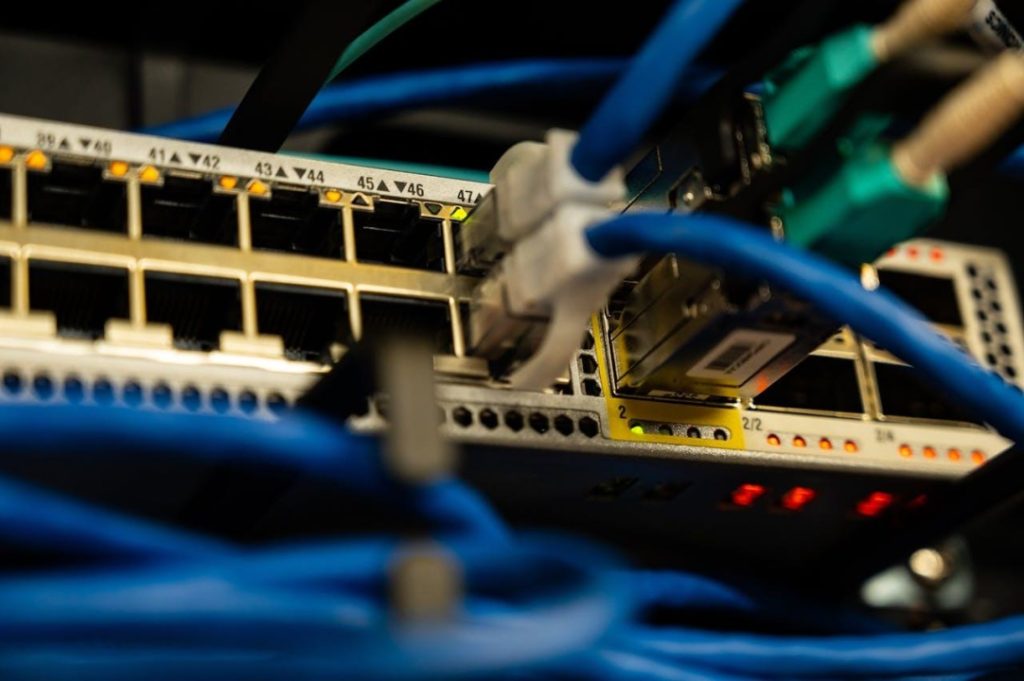Choosing between fiber and cable internet feels like picking between two heavyweight champions. Both promise fast speeds and reliable connections, but they deliver those promises in very different ways. Your streaming habits, work demands, and budget all play a role in determining which technology serves you best.
The speed difference between these two internet types can make or break your online experience. Let’s break down what each offers and help you decide which connection deserves a spot in your home.
Fiber Internet
Fiber optic internet transmits data through light signals racing along glass strands. This technology creates symmetrical speeds, meaning your upload and download speeds match perfectly. Most fiber plans offer speeds ranging from 100 Mbps to 1,000 Mbps, with some providers pushing even higher.
The symmetrical nature of fiber makes it perfect for video calls, cloud storage, and live streaming. When you upload a large file or host a video conference, fiber maintains consistent performance without slowing down your other activities.
Cable Internet
Cable internet uses the same coaxial cables that bring television signals to your home. This established infrastructure makes cable widely available and generally affordable. Cable speeds typically range from 25 Mbps to 1,000 Mbps, depending on your plan and provider.
However, cable internet operates asymmetrically. Your download speeds significantly exceed your upload speeds. A typical cable plan might offer 100 Mbps download speeds but only 10 Mbps upload speeds. This setup works well for most home activities like streaming, browsing, and downloading files.
Speed
Pure speed numbers tell only part of the story. Fiber consistently delivers its advertised speeds regardless of the time of day or network usage. Cable speeds fluctuate based on demand in your area.
For basic activities like web browsing and email, both technologies provide adequate performance. The real difference emerges during bandwidth-intensive tasks. Fiber excels at video conferencing, online gaming, and uploading large files.
Cable handles streaming and downloading efficiently but struggles with upload-heavy activities. Latency, or the delay between sending and receiving data, also favors fiber. Fiber connections typically have latency under 10 milliseconds, while cable connections range from 15 to 30 milliseconds.
Availability and Accessibility
Cable internet reaches approximately 89% of American homes, making it the most widely available broadband option. Decades of infrastructure development mean cable service extends to urban, suburban, and many rural areas.
Fiber availability lags significantly behind cable. Only about 43% of American households have access to fiber internet. Many providers like Windstream continue expanding their high speed fiber internet networks, but rural and suburban areas often wait years for fiber installation.
Geographic limitations heavily influence your options. Urban areas typically offer both fiber and cable choices, while rural locations might only have cable available. Some newer suburban developments get fiber installed during construction, giving residents immediate access to the fastest speeds.
Reliability and Consistency
Fiber optic cables resist interference from weather, electromagnetic signals, and physical damage better than coaxial cables. This resistance translates to more consistent performance and fewer outages. Fiber connections rarely experience the speed drops common with cable internet.
Cable internet reliability depends on your local infrastructure and network maintenance. Older cable systems experience more outages and performance issues than newer installations. Weather events like heavy rain or snow can affect cable signals more than fiber connections.
Both technologies require professional installation and regular maintenance.
Caroline is doing her graduation in IT from the University of South California but keens to work as a freelance blogger. She loves to write on the latest information about IoT, technology, and business. She has innovative ideas and shares her experience with her readers.





![‘Frankenstein’ Review – Guillermo del Toro’s Definitive Look At The Nature And Nurture Of Monstrosity [TIFF 2025] ‘Frankenstein’ Review – Guillermo del Toro’s Definitive Look At The Nature And Nurture Of Monstrosity [TIFF 2025]](https://cdn.geekvibesnation.com/wp-media-folder-geek-vibes-nation/wp-content/uploads/2025/10/Frankenstein-175_PF_20240430_20377_R-300x200.jpg)
![‘Wake Up Dead Man: A Knives Out Mystery’ Review – In Rian Johnson We Trust [LFF 2025] ‘Wake Up Dead Man: A Knives Out Mystery’ Review – In Rian Johnson We Trust [LFF 2025]](https://cdn.geekvibesnation.com/wp-media-folder-geek-vibes-nation/wp-content/uploads/2025/10/Wake-Up-Dead-Man-A-Knives-Out-Mystery-300x169.jpg)